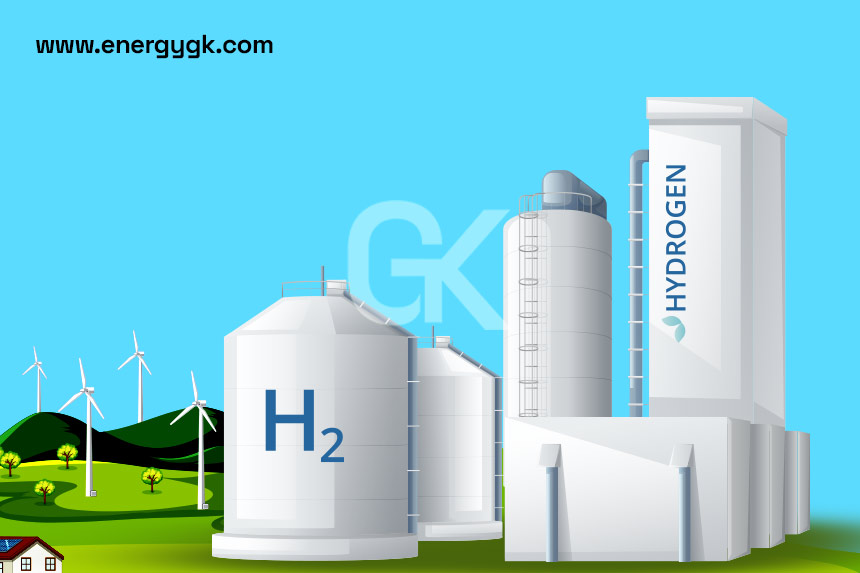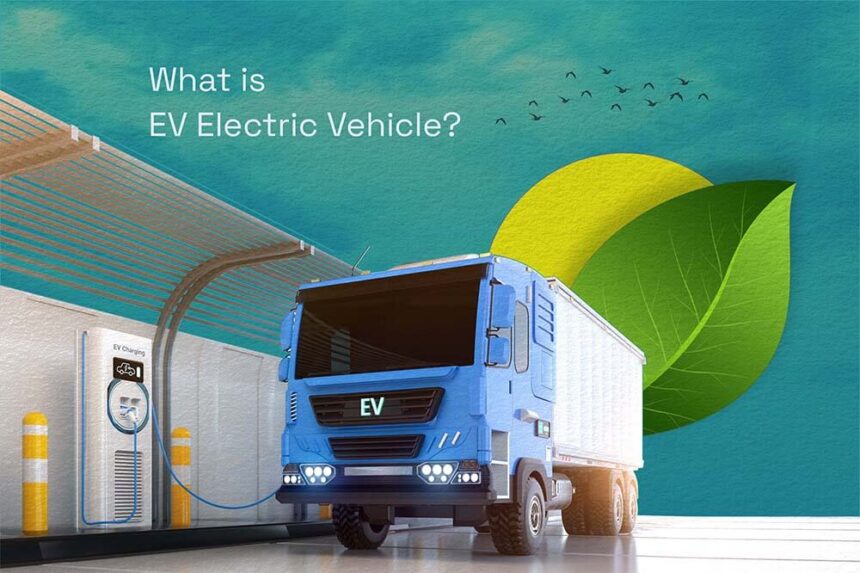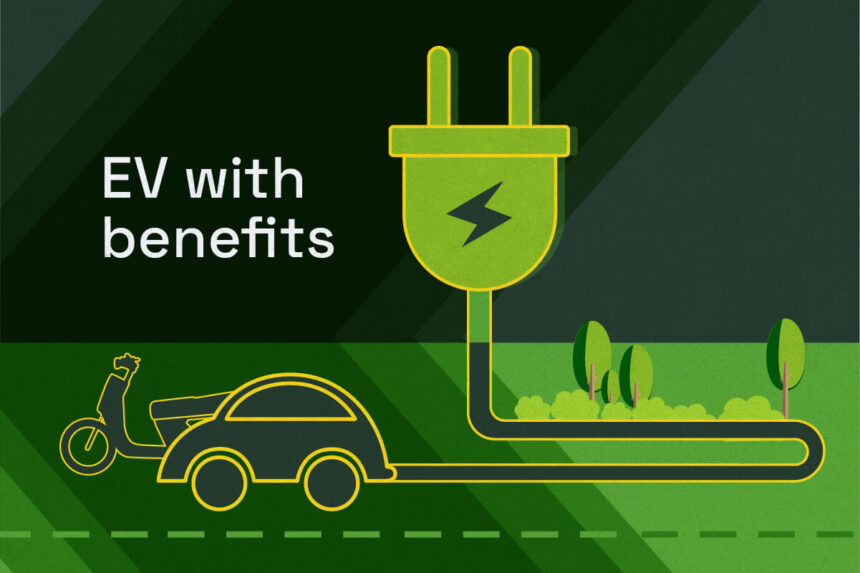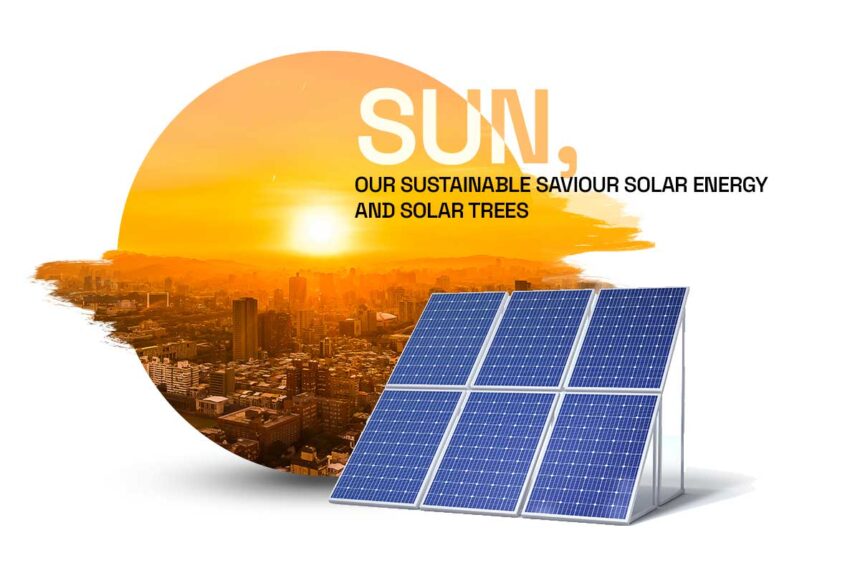Smart cities powered by renewable energy sources emerge as a ray of hope in an era of rapidly increasing urbanization and environmental concerns. Modern cities are changing as a result of the integration of innovative technologies and renewable energy sources which is part of our ongoing effort to build sustainable and efficient urban environments. This shift promises a more environmentally friendly future while also improving urban residents quality of life.
How Do Smart Cities Work?
In order to optimize infrastructure improve public services and enhance the urban experience overall smart cities make use of cutting-edge technology and data analytics. Smart cities are able to better manage resources cut down on waste and improve living conditions for their citizens by utilizing big data artificial intelligence (AI) and the Internet of Things. Smart grids intelligent transportation systems and sustainable urban planning are important elements of smart cities. Renewable Energys Place in Smart City Infrastructure. Smart city development heavily relies on renewable energy sources including geothermal hydro wind and solar power.
Many advantages come with using these clean energy solutions such as a decrease in greenhouse gas emissions a reduction in the need for fossil fuels and increased energy security. Smart cities can greatly reduce their carbon footprint and aid in the global effort to combat climate change by utilizing renewable energy sources.
1. Solar Power. One of the most available and popular renewable energy sources in smart cities is solar energy. Solar panels can be easily incorporated into urban infrastructure such as parking lots rooftops and public areas thanks to advances in photovoltaic technology and falling costs. Even at times of high demand smart grids with solar panels and energy storage devices can guarantee a steady and dependable supply of electricity.
2. Using wind power. Another essential part of smart cities renewable energy mix is wind energy. Urban wind turbines are able to harness wind energy and produce electricity when they are positioned strategically on rooftops and other high-rise buildings. Even in highly populated urban areas wind power can now be harvested thanks to innovations in turbine design and material science adding to a portfolio of energy sources that is resilient and diverse.
3. Geothermal energy and hydropower. Even though geothermal and hydro energy are more location-specific they can still be very important in smart cities that are close to water or geothermal hotspots. The renewable energy landscape of smart cities can be further diversified by small-scale hydroelectric plants and geothermal heating systems which can offer a steady and sustainable energy source. The foundation for integrating renewable energy is the smart grid.
Smart grid development is a critical component for the successful integration of renewable energy sources in smart cities. These smart power grids track and control energy use distribution and storage through the use of IoT sensors artificial intelligence (AI) and real-time data analytics. A steady and reliable energy supply is ensured by smart grids which make efficient load balancing demand response and fault detection possible. In the context of the urban energy ecosystem they also help to ensure the smooth integration of distributed energy resources like community wind turbines and rooftop solar panels.
Systematic Intelligent Transportation.
Urban carbon emissions are primarily caused by transportation. Using intelligent transportation systems (ITS) to optimize traffic flow support public transportation and encourage the use of electric vehicles (EVs) is how smart cities are tackling this problem. Real-time traffic management systems autonomous cars and renewable energy-powered EV charging stations are revolutionizing urban mobility cutting emissions and improving the effectiveness of transportation networks.
Planning for Sustainable Urban Development. To build livable effective and environmentally friendly urban environments smart cities place a high priority on sustainable urban design. This strategys key elements include the incorporation of green spaces energy-efficient building materials and green building practices. In order to minimize energy consumption and lessen the urban heat island effect urban planners in smart cities are placing an increasing emphasis on mixed-use developments pedestrian-friendly designs and accessibility to public transportation.
Advantages of Renewable Energy-Powered Smart Cities. The shift to renewable energy-powered smart cities has several advantages such as:.
Environmental Impact: A considerable decrease in air pollution and greenhouse gas emissions will improve the planets health.
Economic Growth: Investing in smart technologies and renewable energy sources will boost economic growth and create green jobs.
Energy Security: Less reliance on fossil fuels and increased energy security through a decentralized and diversified energy supply.
Quality of Life: Better public services less traffic and cleaner air all contribute to a better quality of life for locals. Resilience: Strong and flexible urban infrastructure that increases resistance to natural disasters and climate change.
Conclusion.
The seamless integration of renewable energy sources and smart technologies is the key to the future of clean energy cities. Smart cities fueled by renewable energy will be essential in helping us solve the environmental and social issues of the twenty-first century as we transition to a more sustainable and effective urban future. We can build dynamic resilient and sustainable urban environments that benefit people and the environment by adopting this transformative approach.






